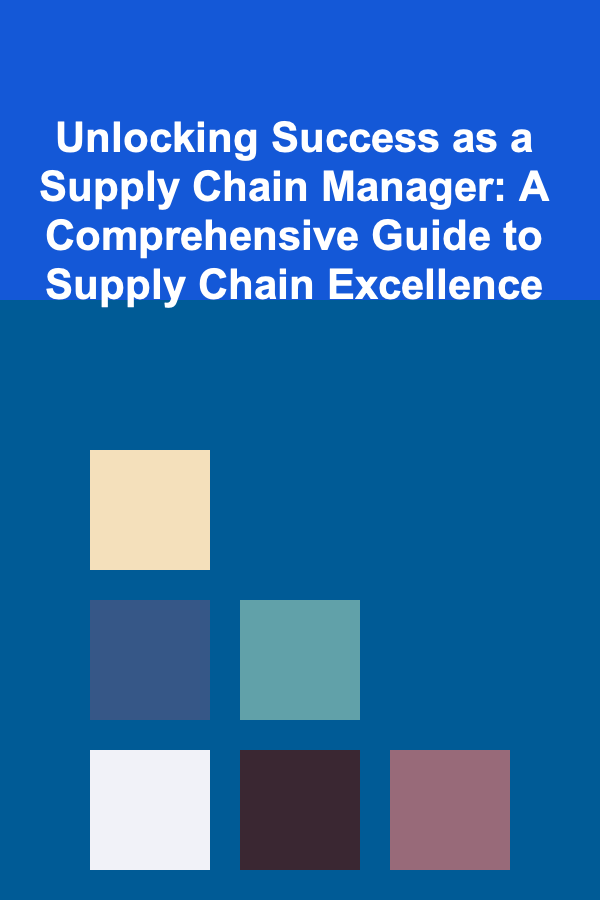
How to Teach Teenagers About Credit Cards
ebook include PDF & Audio bundle (Micro Guide)
$12.99$6.99
Limited Time Offer! Order within the next:

Credit cards are a powerful financial tool, but they come with significant responsibilities. Teaching teenagers about credit cards is essential for helping them build a solid foundation for financial literacy and avoid common pitfalls associated with credit usage. This article will explore the key aspects of credit cards that teenagers need to understand, including how credit works, the pros and cons of using credit cards, and practical tips for teaching them to manage credit responsibly.
Understanding Credit Cards
Before diving into how to teach teenagers about credit cards, it is important to first explain what credit is and how it functions. At its core, a credit card allows a person to borrow money from a financial institution up to a set credit limit. This borrowed money is used to make purchases or withdraw cash, and the individual is required to pay back the borrowed amount, typically with interest if the balance is not paid off in full each month.
1.1 What Is Credit?
Credit is the ability to borrow money with the agreement to pay it back in the future. Credit cards are a form of revolving credit, meaning that, as long as the user makes payments, they can continue borrowing up to the credit limit. The lender, usually a bank or financial institution, provides a line of credit based on factors like income, credit history, and financial stability.
For teenagers who may have limited or no credit history, securing a credit card can be difficult. However, there are various types of credit cards designed specifically for young people, such as student credit cards, secured cards, and authorized user cards, that can help them start building credit early.
1.2 How Does a Credit Card Work?
A credit card works by allowing the user to make purchases and borrow money from the credit card issuer. Every month, the cardholder receives a statement listing the amount owed. If the balance is paid off in full by the due date, no interest is charged. However, if only a portion of the balance is paid, interest will accrue on the remaining amount, often at high rates. It's important for teenagers to understand the consequences of not paying off the full balance.
Credit cards also typically come with rewards programs, offering benefits like cashback, travel points, or discounts on purchases. While these rewards can be appealing, it is important to teach teenagers that the primary focus should be on responsible usage rather than accruing rewards.
The Importance of Credit History
Building a good credit history is crucial for teenagers to understand because it will have long-term effects on their ability to borrow money, qualify for loans, and even secure jobs or housing. The credit history is essentially a record of how an individual has used credit in the past, and it is tracked by credit bureaus. This record, known as a credit report, is used to generate a credit score---a three-digit number that reflects an individual's creditworthiness.
2.1 What Is a Credit Score?
A credit score is a numerical representation of an individual's creditworthiness, ranging from 300 to 850. The higher the score, the better the person's creditworthiness is considered. A good credit score can help secure favorable interest rates on loans, while a poor score can lead to higher rates or difficulty obtaining credit. The score is calculated based on several factors, including:
- Payment history: Whether the individual has made payments on time.
- Credit utilization: The amount of available credit that is being used.
- Length of credit history: How long the individual has been using credit.
- Types of credit: The diversity of credit accounts (e.g., credit cards, loans).
- New credit: How often new credit applications are made.
2.2 How Teenagers Can Start Building Credit
Teenagers can begin building credit in several ways:
- Become an authorized user: Parents can add their teenager as an authorized user on their credit card. This allows the teen to build credit based on the parent's credit history.
- Apply for a secured credit card: A secured credit card requires a cash deposit as collateral. This is often easier to obtain for teenagers and is a good way to begin building credit responsibly.
- Student credit cards: Some credit card issuers offer cards specifically designed for students, with lower credit limits and fewer fees.
- Paying bills on time: Although not directly related to credit cards, paying bills on time---such as phone or utility bills---can also help build a positive credit history, especially if the payments are reported to credit bureaus.
2.3 Why Credit History Matters
A good credit history provides numerous benefits, including:
- Lower interest rates on loans: A solid credit history shows lenders that the individual is likely to repay the loan on time, making them eligible for lower rates.
- Easier approval for future credit: A positive credit history makes it easier to qualify for mortgages, car loans, or personal loans.
- Access to rental housing: Many landlords check credit scores when considering a tenant. A good score can make it easier to secure housing.
Pros and Cons of Credit Cards
Understanding both the benefits and drawbacks of credit cards is essential for teenagers. Here, we break down some of the most important pros and cons.
3.1 Pros of Credit Cards
- Builds credit history: Responsible use of a credit card can help teenagers establish a strong credit history, which will benefit them later in life.
- Teaches financial responsibility: Credit cards can help teenagers learn about budgeting, managing debt, and making payments on time.
- Convenience: Credit cards are widely accepted and convenient for both online and in-person purchases.
- Rewards and perks: Many credit cards offer rewards programs, such as cashback or travel points, which can provide valuable benefits when used responsibly.
3.2 Cons of Credit Cards
- High-interest rates: If the balance is not paid in full, credit cards can accrue interest at high rates, leading to significant debt over time.
- Risk of debt: If used irresponsibly, credit cards can quickly lead to accumulating debt, which can be difficult to pay off, especially for teenagers with limited income.
- Potential damage to credit score: Missed or late payments can negatively affect a teenager's credit score, making it harder to secure loans or credit in the future.
- Fees and penalties: Many credit cards come with annual fees, late payment fees, or foreign transaction fees, which can add up if the cardholder is not careful.
Teaching Teenagers About Credit Card Responsibility
When teaching teenagers about credit cards, it is essential to emphasize responsible usage. Here are some important lessons to impart:
4.1 Paying the Full Balance
Encourage teenagers to pay off their credit card balance in full each month to avoid interest charges. Paying only the minimum payment will result in interest charges and can quickly lead to debt accumulation.
4.2 Tracking Spending
Help teenagers understand the importance of tracking their spending. Many credit card issuers offer apps or online platforms that allow cardholders to monitor their spending and check their balances. This can help prevent overspending and ensure that they don't exceed their credit limit.
4.3 Setting a Budget
Teaching teenagers how to create a budget is one of the most effective ways to ensure that they use their credit cards responsibly. A budget can help them track income and expenses, and it can prevent them from using credit for unnecessary purchases.
4.4 Understanding Credit Card Terms
Ensure that teenagers understand the terms and conditions of their credit card. This includes interest rates, fees, payment due dates, and rewards programs. The more they know about their card, the better equipped they will be to use it responsibly.
4.5 Avoiding Impulse Purchases
Credit cards can be tempting because they provide immediate access to funds. Teach teenagers to avoid making impulse purchases and to think carefully before using their credit card for non-essential items.
4.6 The Importance of On-Time Payments
Make sure that teenagers understand the importance of making payments on time. Late payments can incur fees and damage their credit score. Setting up reminders or using automatic payments can help ensure that payments are made on time.
Conclusion
Teaching teenagers about credit cards is an important step in preparing them for financial independence. By understanding how credit cards work, the importance of credit history, and the benefits and risks of credit card usage, teenagers can make informed decisions that will help them build a strong financial future. By emphasizing responsibility, budgeting, and the importance of on-time payments, parents and educators can set teenagers on the path to financial success and independence.

How to Approach Home Renovations and Remodeling for Maximum Value
Read More
Unlocking Success as a Supply Chain Manager: A Comprehensive Guide to Supply Chain Excellence
Read More
How to Master Surrealist Drawing Techniques
Read More
Promoting Wildlife-Friendly Gardening Techniques: A Comprehensive Guide
Read More
Cooking for One or Two: A Healthy Approach
Read More
10 Tips for Grilling Seafood Without Overcooking
Read MoreOther Products

How to Approach Home Renovations and Remodeling for Maximum Value
Read More
Unlocking Success as a Supply Chain Manager: A Comprehensive Guide to Supply Chain Excellence
Read More
How to Master Surrealist Drawing Techniques
Read More
Promoting Wildlife-Friendly Gardening Techniques: A Comprehensive Guide
Read More
Cooking for One or Two: A Healthy Approach
Read More